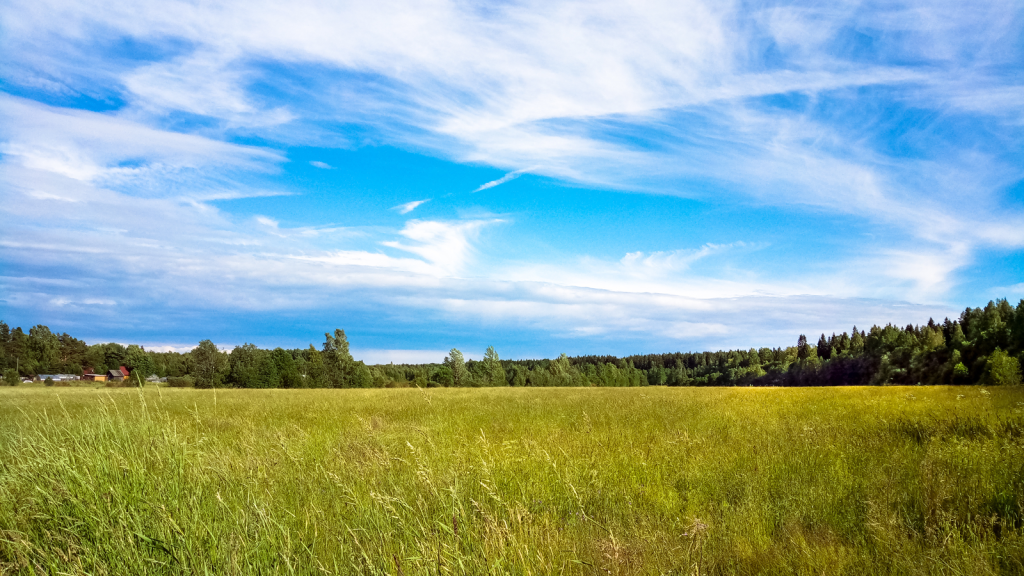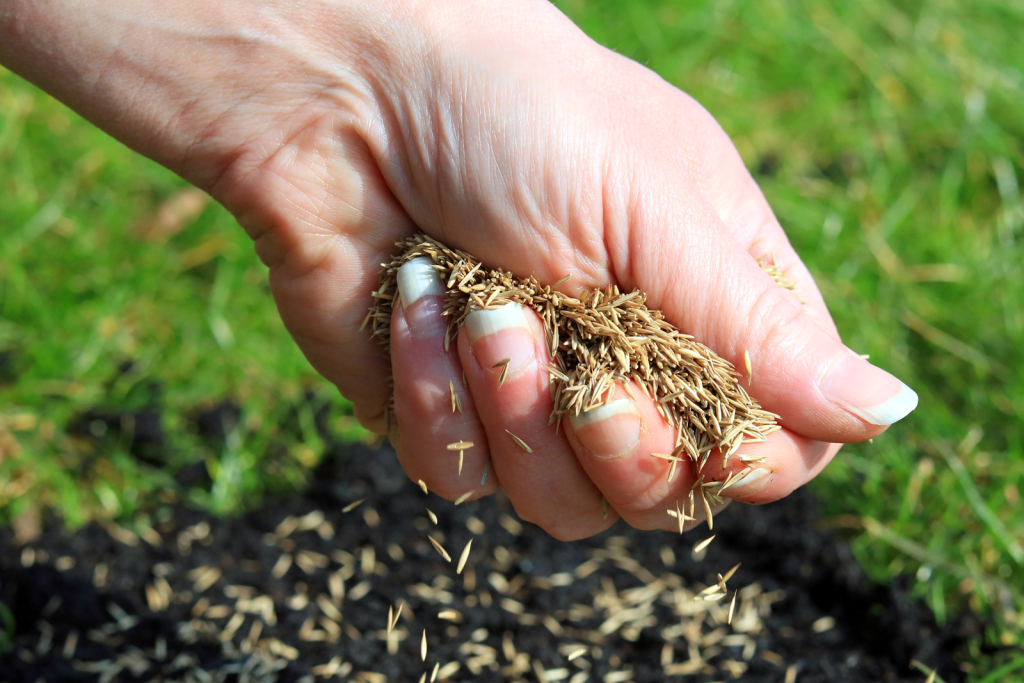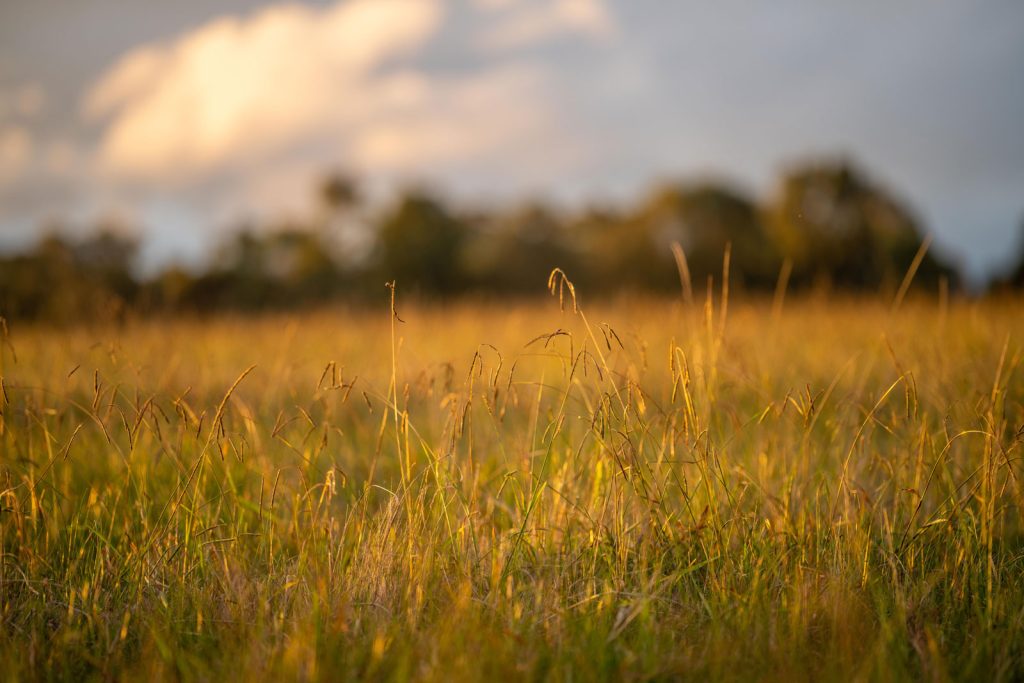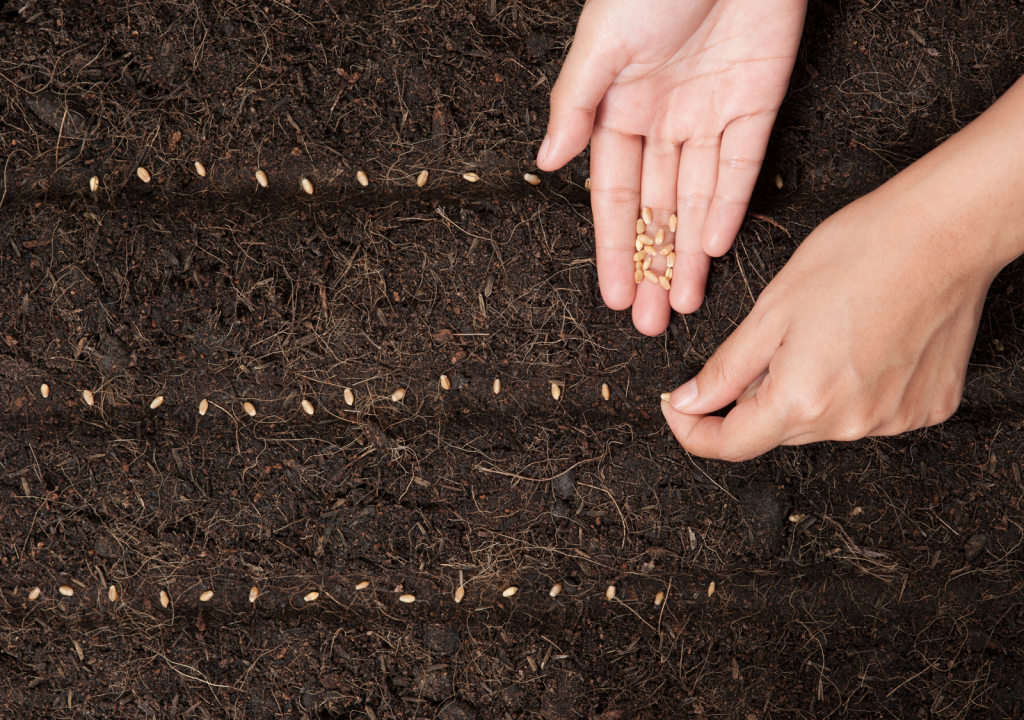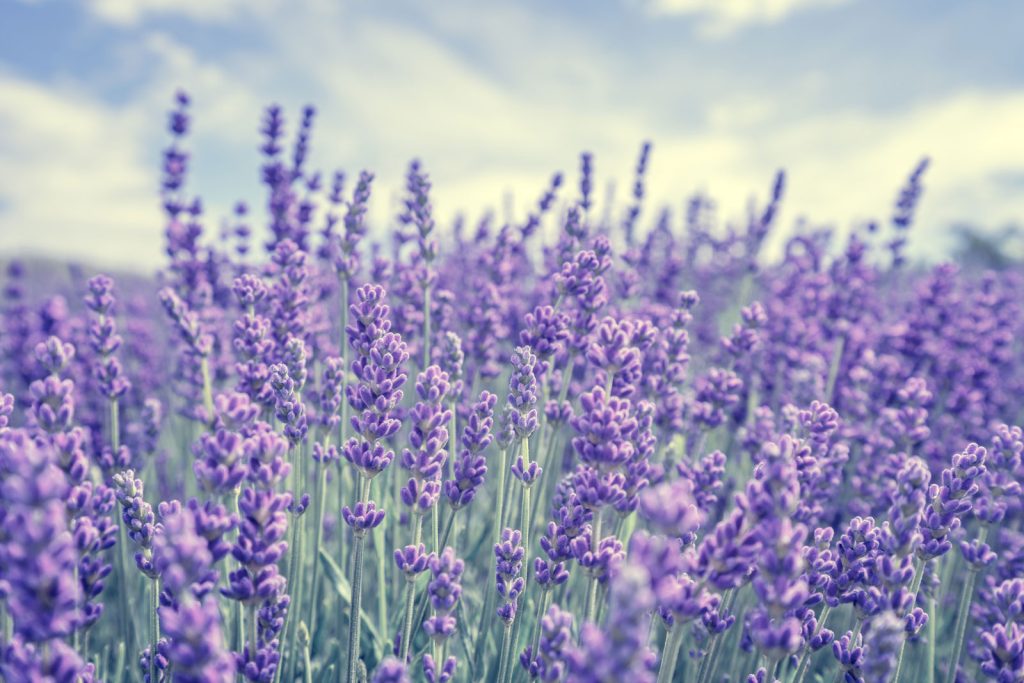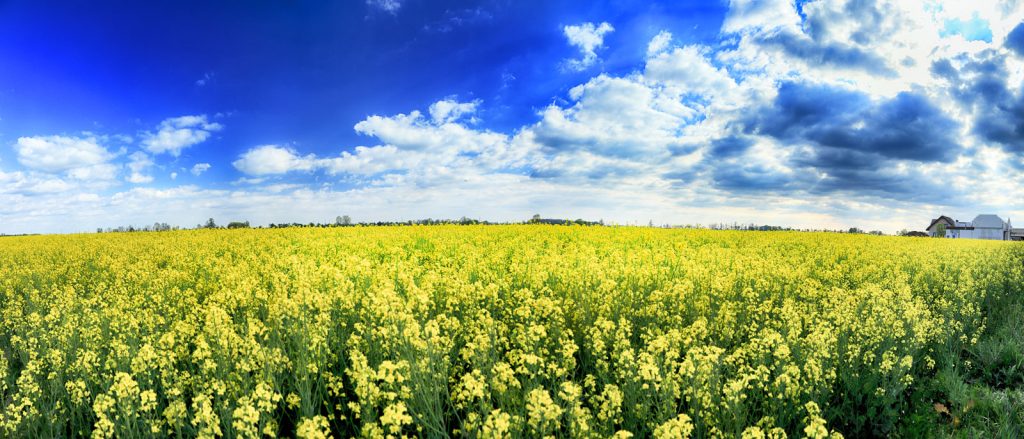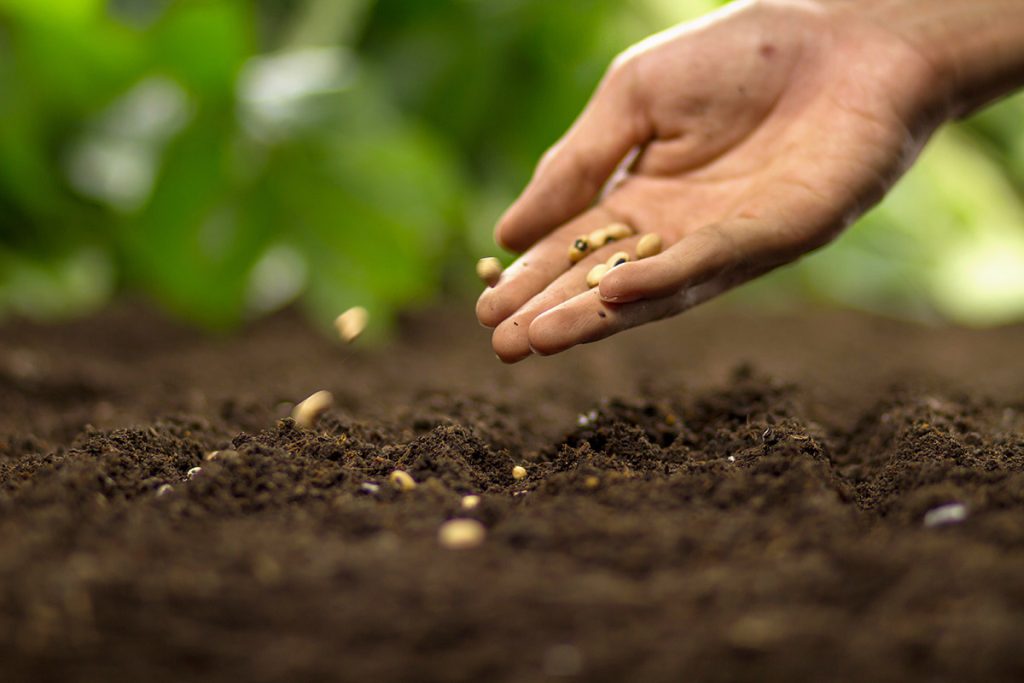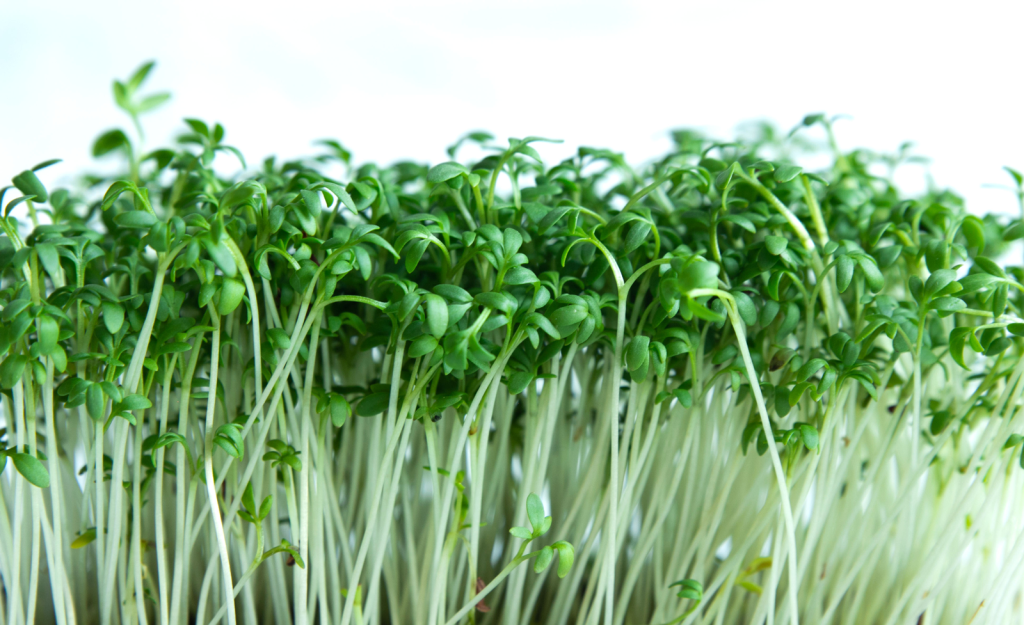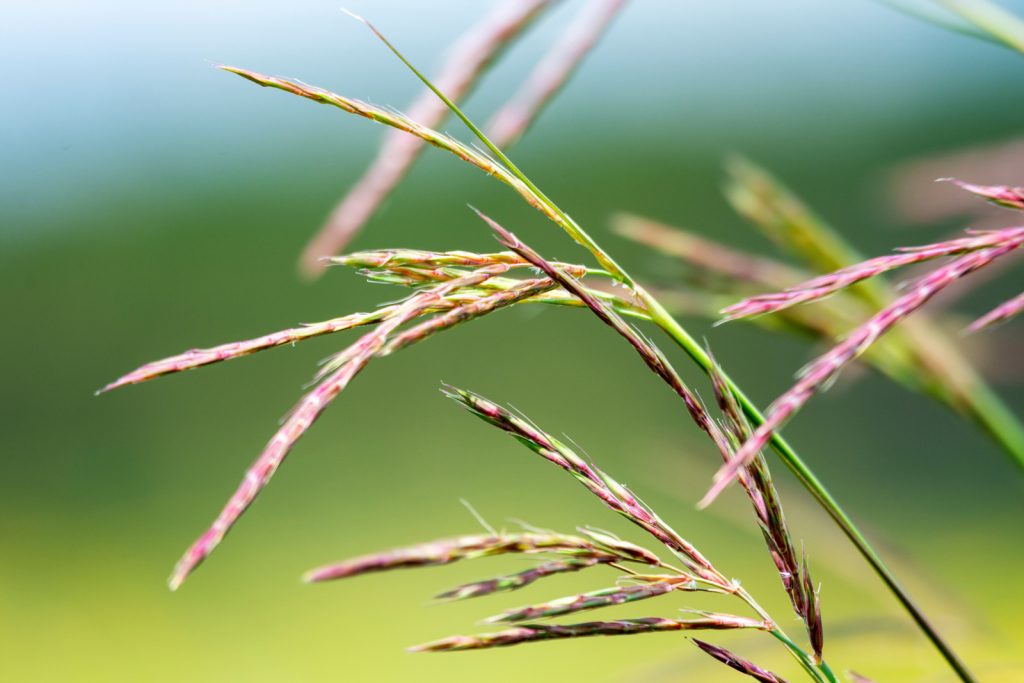How to Determine the Right Seeding Rate for Your CRP Project
Understanding seed rates for different conservation goals, including erosion control, pollinator habitats, and wildlife restoration. Establishing a successful Conservation Reserve Program (CRP) project involves more than choosing the right species, it requires precise planning, including determining the correct seeding rate. Planting too little seed can lead to poor establishment and invasive species intrusion, while overseeding […]
How to Determine the Right Seeding Rate for Your CRP Project Read More »

